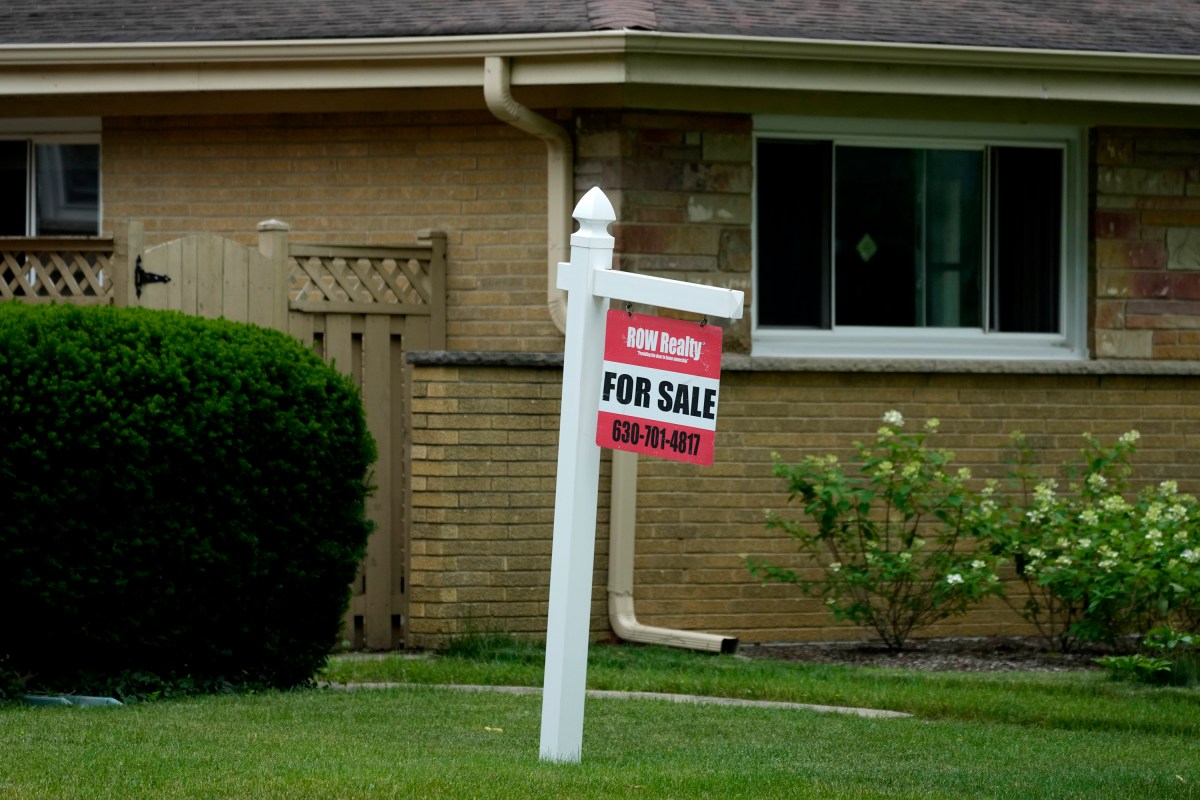Subprime mortgages, in both originations and balances held by less creditworthy borrowers, are on the rise in 2025, reflecting to a lesser degree the conditions that have preceded past financial crises. A new report from the consumer credit bureau Equifax has found that, with few exceptions, 2025 has seen a significant increase in loan originations, balances as well as the share going to subprime borrowers across nearly all lending types. Why It Matters Debt levels have emerged as a significant concern in 2025, with total household debt held by Americans growing to a record $18. 6 trillion in the third quarter of the year. The increase in subprime lending-for mortgages in particular-is likely to arouse further fears given the potential for an increase in delinquencies that could ripple through the financial system as in the 2008 financial crisis. And beyond the potential macroeconomic consequences, increased borrowing has been taken by some as symptomatic of rising financial strains faced by U. S. consumers, who are now grappling with a cooling labor market and growing pessimism about the state of the economy. What To Know According to Equifax’s report, which analyzed data through August of this year, lending activity has increased across first mortgages, auto loans, credit cards, consumer financing and student loans. Of the 3. 22 million first mortgages originated in the year-to-date, around 208, 400 were extended to consumers with what are considered subprime credit scores-below the VantageScore 3. 0 threshold of 620. This represents a 10. 7 percent increase compared to last year, while the associated balances, totaling $54. 6 billion, have risen 20. 8 percent. The 6. 5 percent share of mortgages going to subprime borrowers is only slightly higher than 6. 3 percent at the same point last year, but marks the highest level in Equifax’s records going back to 2014. Some 17. 3 million auto loans and leases have been originated in the year-to-date, a 0. 7 increase over 2024, while the total balance of $518. 2 billion is 5. 1 percent higher than the same time last year. Of these originations, 2. 9 million or 16. 7 percent have gone to subprime borrowers, a 5. 1 percent increase from last year and the highest year-to-date share since 2021. The balance of these new subprime loans, $71. 4 billion, marks a 10. 6 percent increase year-over-year. Around 10 million bankcards have this year been issued to consumers with subprime credit scores, up 15. 9 percent over 2024. Of all new bank cards issued through August, 20. 8 percent have gone to this subprime group, a slight increase from 18. 2 percent last year, but nevertheless the highest level since 2021 and above pre-Covid levels dating back to 2014. Meanwhile, 19. 8 million consumer finance loans have been originated in 2025 so far, up 12. 8 percent from 2024. The total dollar amount of these is up 7. 5 percent to $82. 6 billion. Year-to-date, over 7. 1 million consumer finance loans have been issued to subprime accounts, a 21. 2 percent increase over 2024, and through August, subprime borrowers accounted for 35. 8 percent of all consumer finance loans, the highest share recorded since 2016. There has, however, been a decline in student loans and a more modest increase in subprime lending in this category. Some 5. 4 million student loans have been originated in 2025, according to Equifax, down 6. 7 percent, while the total dollar amount has dropped 16. 1 percent to $51. 0 billion. Some 1. 7 million of these loans were issued to consumers with credit scores below 620, a 2. 4 percent rise. Equifax’s report echoes the findings from a recent study by TransUnion, another of the other three major consumer credit bureaus in the U. S., which found that the overall share of less creditworthy borrowers taking on loans had risen to 14. 4 percent from 13. 9 percent over the past year. However, it found that the share of “superprime” borrowers-with strong credit histories and typically boasting scores in the range of 760 to 780-had grown to 40. 9 percent from 40. 3 percent, interpreted as evidence of the increasing bifurcation, or K-shape, of the U. S. economy. What People Are Saying Jason Laky, TransUnion’s head of financial services, wrote in the report: “We are seeing a divergence in consumer credit risk, with more individuals moving toward either end of the credit risk spectrum. While super prime has steadily grown since the pandemic, subprime has returned to pre-pandemic levels-leaving the middle tiers increasingly thinner. This shift suggests that while many consumers are navigating the current economic climate well, others may be facing financial strain.” Economist Domonkos F. Vamossy, speaking to Newsweek about the increase in delinquencies in 2025, said: “The trend is deeply concerning and signals a potential long-term structural issue rather than a temporary blip. We face a supply-side crisis in housing that 40- or 50-year mortgages cannot fix. My worry is less about a sudden ‘Great Recession’ style crash and more about a slow, grinding deterioration of financial health that impacts fertility rates, homeownership age, and stability.” What Happens Next.
https://www.newsweek.com/subprime-mortgages-are-on-the-rise-again-11111335
Subprime Mortgages Are on the Rise Again

